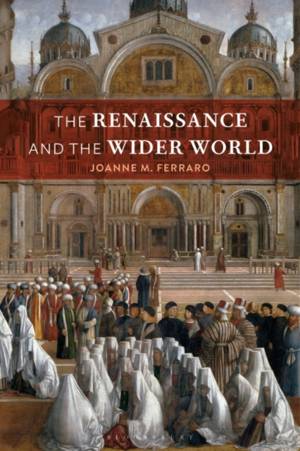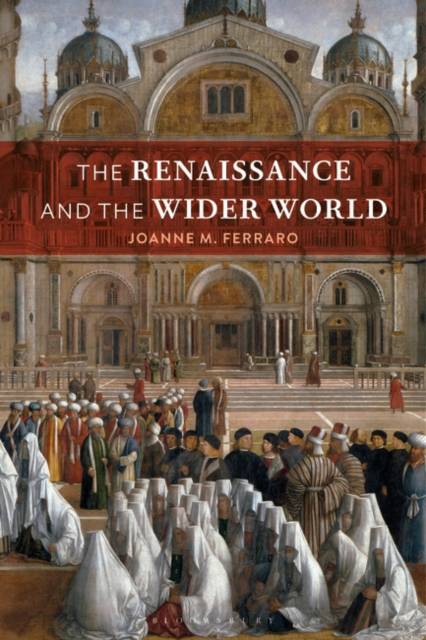
- Retrait gratuit dans votre magasin Club
- 7.000.000 titres dans notre catalogue
- Payer en toute sécurité
- Toujours un magasin près de chez vous
- Retrait gratuit dans votre magasin Club
- 7.000.0000 titres dans notre catalogue
- Payer en toute sécurité
- Toujours un magasin près de chez vous
203,95 €
+ 407 points
Format
Description
Award-winning historian Joanne M. Ferraro's The Renaissance and the Wider World skillfully surveys the economic, political, social, and cultural history of Europe for the period between 1250 and 1600.
The book examines how the Renaissance manifested itself through developments in the high culture of art, architecture, philosophy, science, technology, and education, as well as material culture in the form of worldly goods and consumption patterns. Ferraro expertly shows how Renaissance high culture began in 13th-century Italy, with important ancient and medieval legacies and cultural infusions from China, North Africa, and Islam and, from the 16th century, the Ottomans and the Americas; she also examines some of the ways in which this Renaissance then impacted the rest of Europe, the Americas, and the Ottoman Empire during the 15th and 16th centuries. Vital and innovative themes that permeate the text's discussions of science, art, architecture, philosophy, and technology are that: * Global encounters helped shape the material, intellectual and artistic cultures of the age* Both women and men contributed significantly to the advances made
* The daily lives of ordinary men and women are fundamental to understanding this remarkable period Highly illustrated and with valuable pedagogical features, such as timelines and a glossary, The Renaissance and the Wider World is the essential guide to a European era of profound global importance.
Spécifications
Parties prenantes
- Auteur(s) :
- Editeur:
Contenu
- Nombre de pages :
- 360
- Langue:
- Anglais
Caractéristiques
- EAN:
- 9781350158962
- Date de parution :
- 11-01-24
- Format:
- Livre relié
- Format numérique:
- Genaaid
- Dimensions :
- 156 mm x 234 mm
- Poids :
- 680 g

Les avis
Nous publions uniquement les avis qui respectent les conditions requises. Consultez nos conditions pour les avis.






